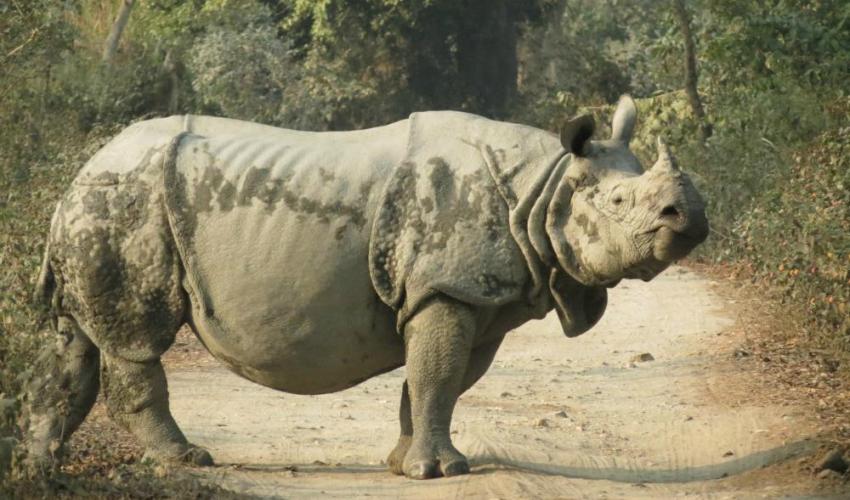Dan Challender of the IUCN Global Species Program discusses the real opportunity the IUCN Congress provides to spark action to combat illegal wildlife trafficking.
Illegal wildlife trade has now reached significant global proportions and is an increasing threat to biodiversity. It affects charismatic species such as elephants, rhinos and tigers, but also a plethora of other species among mammals and birds, amphibians, reptiles and plants, ranging from cacti and cycads to pangolins, marine fishes and primates. It also occurs at a variety of scales and includes low-level offtake and illegal trade as well as organised poaching and high-level, sophisticated and serious transnational crime.
Illegal wildlife trade not only affects animals and plants directly however, it also threatens rural communities around the world, for example by undermining their livelihoods, and poses a risk to humanity more deeply because it can erode the ecosystems on which we depend for ecosystem services, for example the production of clear air. Such is the scale of illegal wildlife trade today that it is estimated to be worth USD20-150 billion a year and ranks alongside the trafficking of drugs, people and arms.
Examples of the scale and impact of illegal wildlife trade include:
- the poaching of up 50,000 African elephants in 2013;
- an increase in poaching rates of rhino in South Africa, which conserves 82% of Africa’s rhinos, of 7000% between 2007 and 2013; and
- it is estimated that in the last decade 1 million pangolins have been poached and traded illegally, with each species now threatened with extinction.
Typical approaches to addressing illegal wildlife trade include better enforcement of existing laws and regulations, strengthening of laws and the adoption of new ones where appropriate as well as higher penalties and better rates of detection. However, while law enforcement is a critical component of tackling the illegal wildlife trade, there is an increasing recognition within conservation of the need for multi-faceted interventions which go beyond enforcement. It is now recognised that these interventions should include efforts to reduce demand for wildlife products traded illegally, for example through behaviour change programmes targeted at end consumers, and interventions that include local communities in solutions to address wildlife crime. Local communities are often best-placed to play to a key role addressing illegal wildlife trade and if they have a sense of ownership over wildlife, they can be highly motivated to combat illegal trade in wildlife.
At the IUCN World Conservation Congress 2016, there is a real opportunity to highlight illegal wildlife trade as a growing threat to biodiversity and catalyse further action to more effectively address it. There are a number of events that relate to illegal wildlife trade and motions which IUCN has the opportunity to adopt, ensuring that future action is taken to address the current crises and that these actions are multi-faceted and reflect the complex realities of illegal wildlife trade.
- Dan Challender, IUCN Global Species Programme, Programme Officer - Sustainable Use and Trade











